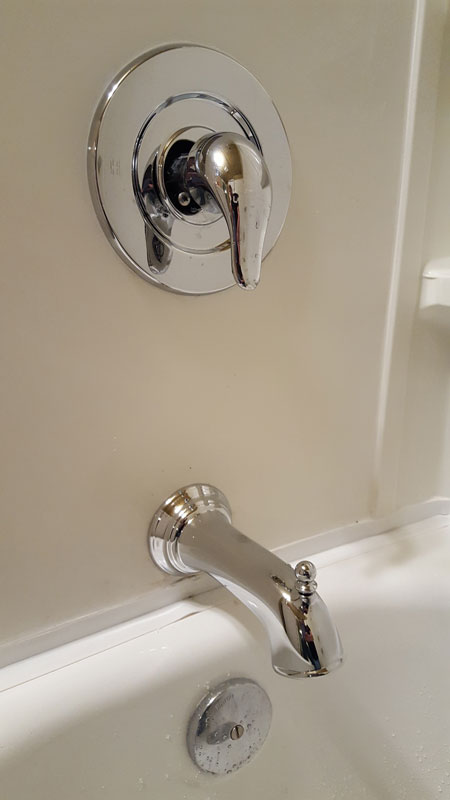GatorKenD
Member
Hi all - I want to install my Moen 2590 shower valve on the back wall of my shower and my shower head on the front wall of the shower (7' away). There's no tub spout; this is a shower only.
I'm guessing that Moen's precise instructions regarding placement distances are related to backpressure between the tub spout and the shower head. But, thought it would best to ask here. Any problem with this arrangement?
One more: The install instructions make reference to "shower only." I assume I'll just put a plug in the tub port of the 4-port valve. I'm not missing anything, am I?
Thanks,
Ken
I'm guessing that Moen's precise instructions regarding placement distances are related to backpressure between the tub spout and the shower head. But, thought it would best to ask here. Any problem with this arrangement?
One more: The install instructions make reference to "shower only." I assume I'll just put a plug in the tub port of the 4-port valve. I'm not missing anything, am I?
Thanks,
Ken
Last edited:

